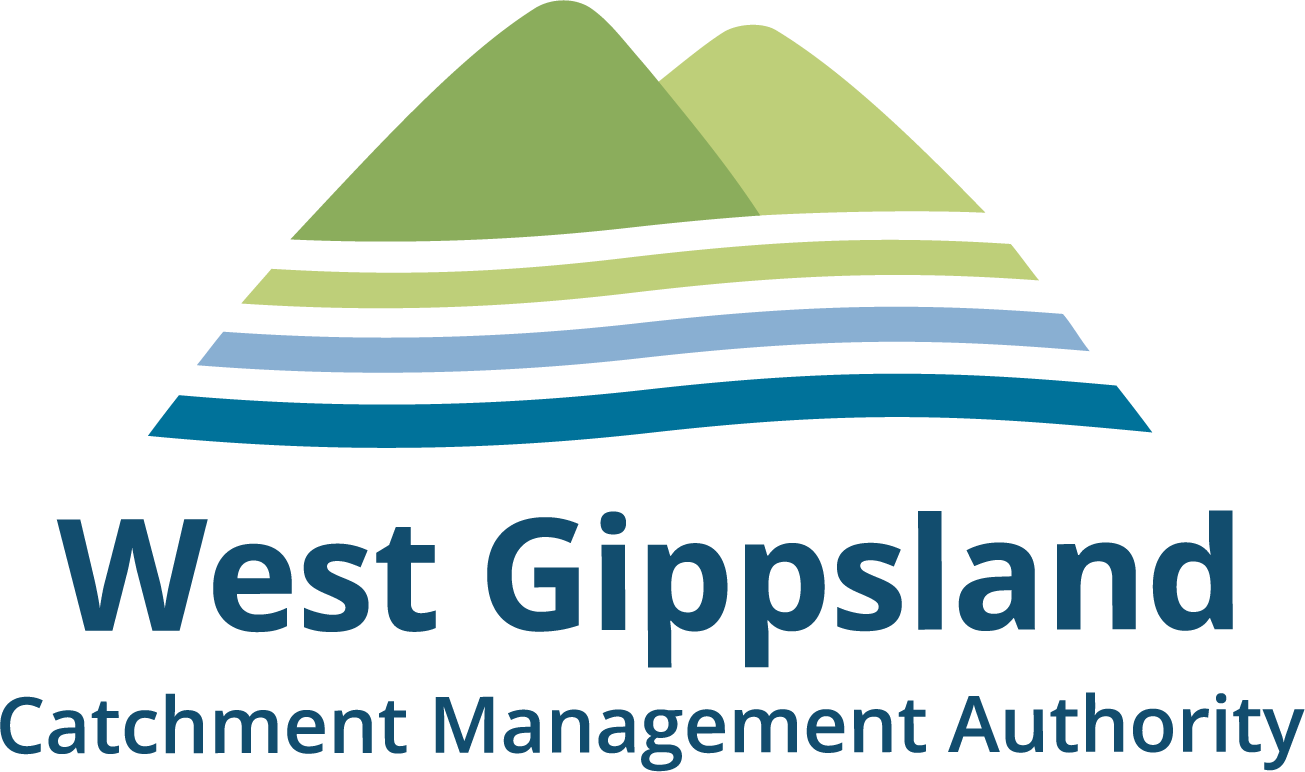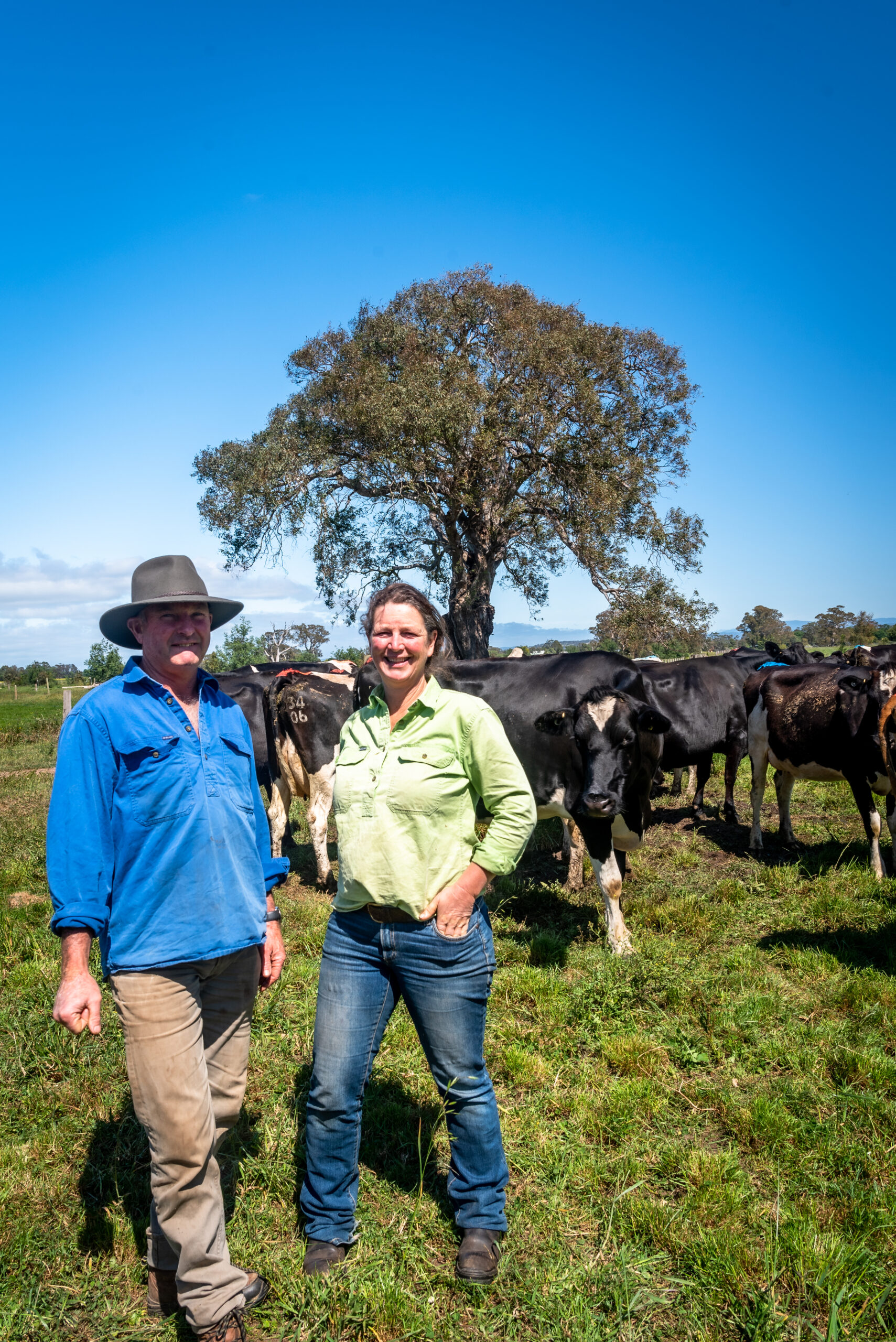Autumn Estuary update
Estuaries are dynamic and often in a state of transition. This Autumn is a great example of an environmental zone that is in flux.
Across West Gippsland, estuaries are super important, working hard to soften the transition as rivers meet the sea. Many of the region’s estuaries open and close to the sea as conditions change and this is a natural and important process.
This Autumn, Bourne Creek, Merriman Creek, Kugerungmome/Powlett River and Wreck Creek Eastern Branch Estuaries are closed to the sea.
These closures are part of a natural process. During times of low river flows and moderate-high tides and swells they can stop flowing to the ocean because a sand bar forms across the entrance.
These estuary closures are good for the river because they provide calm, stable waters for fish to feed and breed, help the native plants and increase areas for birds to feed.
Under natural conditions, when an estuary is closed, water levels rise over time and eventually erode the sand bar – this usually happens with high rainfall in winter and spring. These natural openings are important because they reset the estuary and floodplain by flushing out nutrients and salt.
Estuary closures sometimes impact the environments and infrastructure we rely on like farmland, recreational assets, roads and bridges.
So, to keep things safe for us, an artificial opening may be needed.
Artificial openings are when a channel through the sand to reconnect the estuary to the ocean is undertaken manually. This usually happens during times of lower flows and are not as effective as a natural opening at flushing out nutrients and salt from the estuary.
West Gippsland CMA’s role is to manage the approvals if an artificial opening is needed. This task is complex, and something not done lightly. We do a thorough risk assessment to minimise possible impacts to the environmental, cultural, social and economic values of the estuary.
In the long-term, we are working with landholders, land managers and Traditional Owners towards a vision of reducing the need for artificial openings at sites along the Bunurong and Mullungdung coast (Kilcunda to Seaspray) and letting natural processes flow at sites like Kugerungmome/Powlett River that are loved and highly valued by the community.
At Kugerungmome/Powlett river estuary, we are working with partners to enable the mouth to open and close naturally which is the ultimate vision. If this vision can be achieved it will have many benefits, not just for the estuary and its floodplain but also for the socio-economic values such as tourism and recreational opportunities.
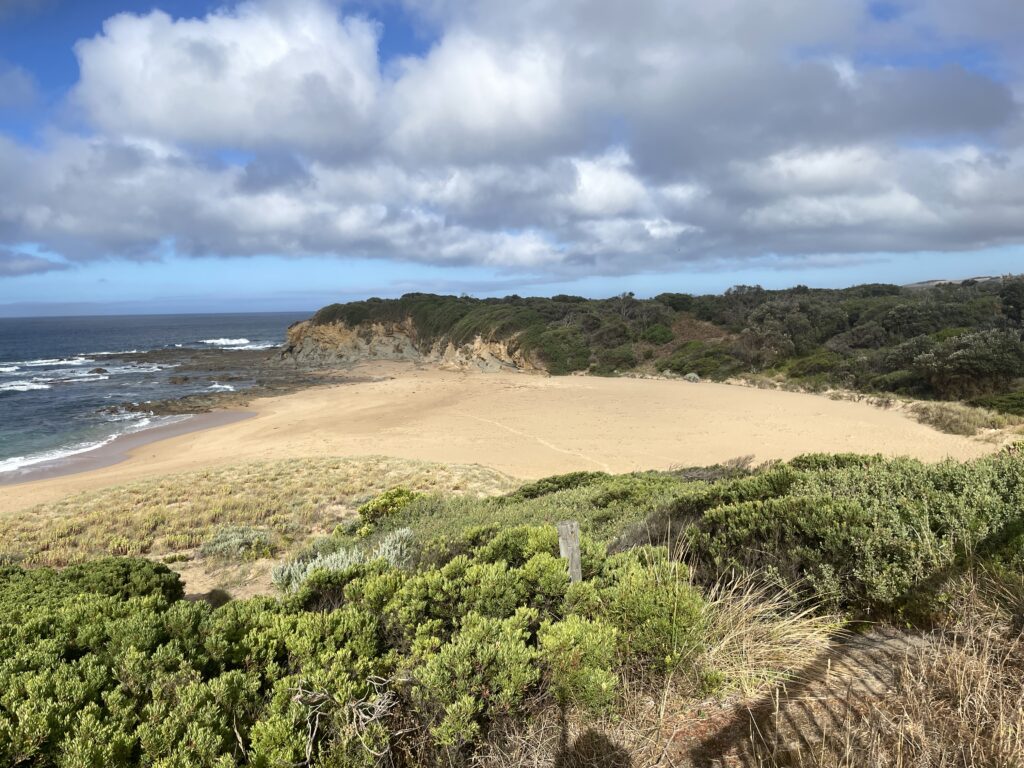
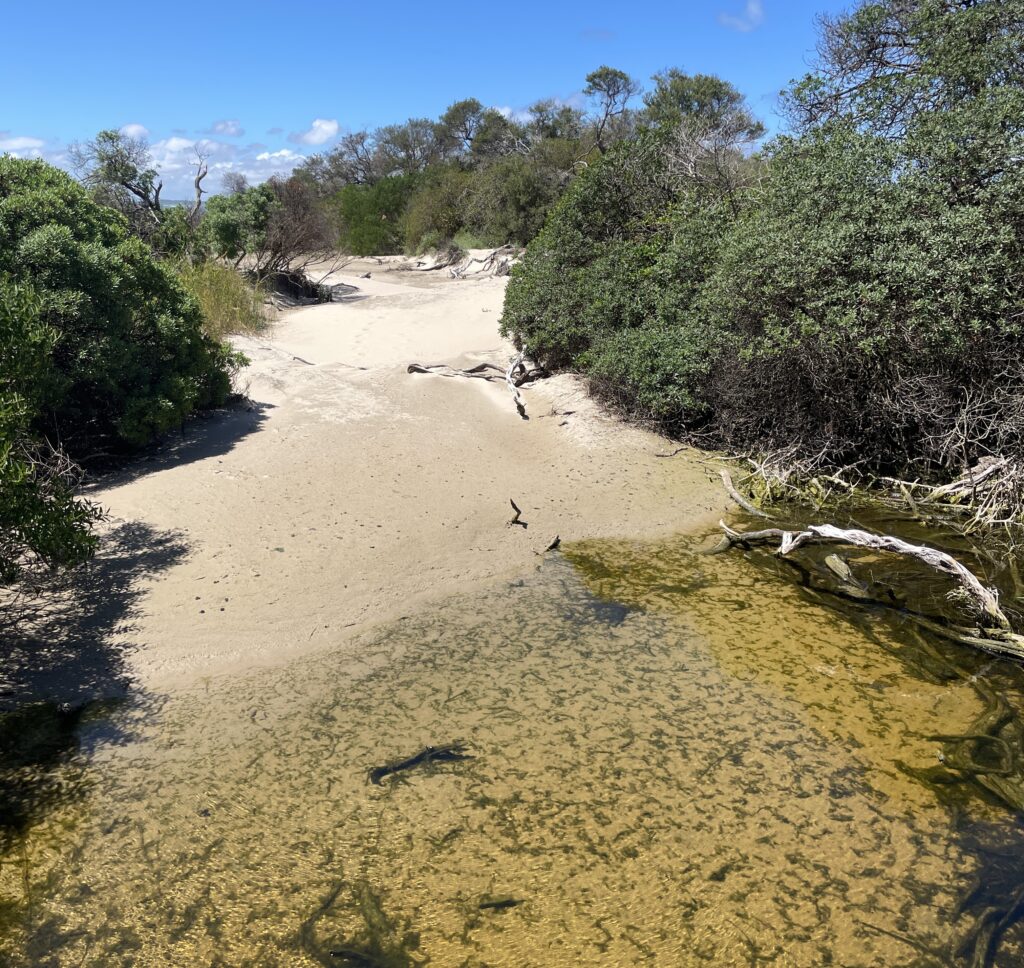
2025 Victorian Landcare Grants open for West Gippsland
The Victorian Government is helping volunteer groups and networks protect and restore Gippsland’s precious environments with Minister for Environment Steve Dimopoulos announcing today that the 2025 Victorian Landcare Grants are open.
There is $3.55 million available to support volunteers in caring for the State’s landscapes and biodiversity and $337,250 available for the West Gippsland CMA region.
The grants are open to environmental volunteer groups and networks, including Landcare groups and networks, Friends groups, Conservation Management Networks, Committees of Management, Coastcare groups and Aboriginal groups.
Project grants of up to $20,000 are available for on-ground works and community education projects focused on enhancing the natural environment, including native vegetation and wildlife, waterways and soils.
Support Grants of up to $500 are available to assist with administrative and operational expenses of groups and networks.
“Landcare has a long and proud history in the region, right across the catchment. From Archies Creek in the west over to Munro in the east, passionate volunteers are delivering local and landscape-scale projects to protect our region’s environment,” said CEO of West Gippsland CMA, Martin Fuller.
“In 2024, Landcare groups across the region received funding of $337,250 for 21 projects and 26 support grants for initiatives such as safeguarding remnant forests, restoring swampy woodland to protect threatened species, developing a community nursery and inspiring the next generation of Landcarers.
“The continued work of Landcare volunteers across the catchment is inspiring and vital to the CMA’s goal of healthy and resilient catchments. I look forward to seeing what projects will come out of the 2025 grant process.”
West Gippsland CMA is proud to be appointed by the Victorian Government as the Regional Landcare Coordinator for West Gippsland supporting the region’s five vibrant Landcare Networks:
- Bass Coast Landcare Network
- Latrobe Catchment Landcare Network
- Maffra and Districts Landcare Network
- South Gippsland Landcare Network
- Yarram Yarram Landcare Network
The grants will help achieve targets set in Protecting Victoria’s Environment – Biodiversity 2037, the Victorian Government’s 20-year plan to protect our environment and native species.
Applications for the Victorian Landcare Grants closed on 16 April 2025.
Stories from 2024 Grant recipients
Yarram Yarram Landcare Network’s community nursery
Landcare volunteers in Yarram didn’t have a native plant nursery nearby – so they built their own using funding thanks to funding from a Victorian Landcare Grant.
“The grant helped us turn our idea for a community nursery into a reality. Now we’re selling more plants that we could have imagined and attracting more members into Landcare. It’s been amazing,” said Anna Feely, Network Facilitator at Yarram Yarram Landcare Network.
Open since October 2024, The Yarram Community Nursery is managed entirely by Landare volunteers who propagate and care for over 4,000 local native plants including varieties such as Melaleuca ericifolia (Swamp Paperbark), Acacia melanoxylon (Australian Blackwood) and Casuarina (She-Oak).
The nursery is not only filling a gap in the area by providing affordable plants for the community, it’s also providing a space for social connection with up to 15 volunteers coming each week to help care for the plants.
Gippsland Intrepid – the next generation of Landcarers
Victorian Landcare Grants are helping the next generation of Landcarers protect and restore the environment – all while having epic adventures across Gippsland.
Gippsland Intrepid Landcare organise activities that combine fun and friendship with environmental work such as kayaking while mapping weeds, hiking to monitor pest species and tree planting festivals, all while supporting Landcare groups and networks across the region, helping them connect young people to Landcare.
A highlight of the event calendar is the hugely successful Plant & Dance events where the Gippsland Intrepid team partner with local Landare groups and private landholders to plant thousands of plants on site in one day with a festival atmosphere followed by live music, DJs and food.
Thanks to funding from the Victorian Landcare Grants, the group has now run three hugely successful Plant & Dance events where hundreds of volunteers – aged 18 to in their 30s – have helped plant over 10,000 trees.
“Plant & Dance sums up what Gippsland Intrepid is about – doing fun stuff and helping the environment,” said Kelsey Tong, co-founder of the group.
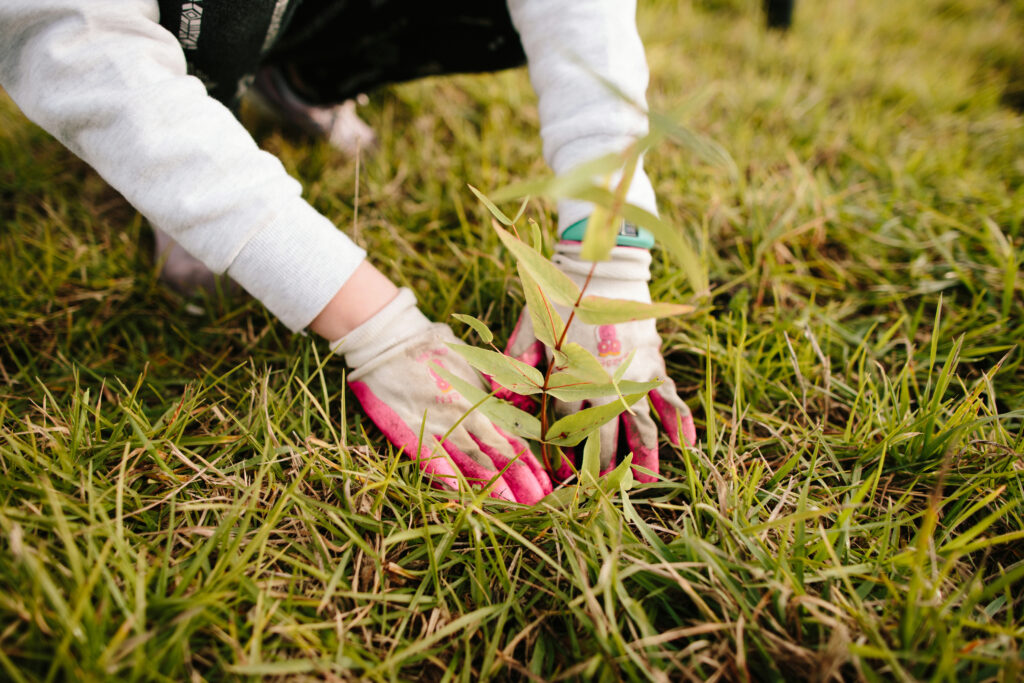
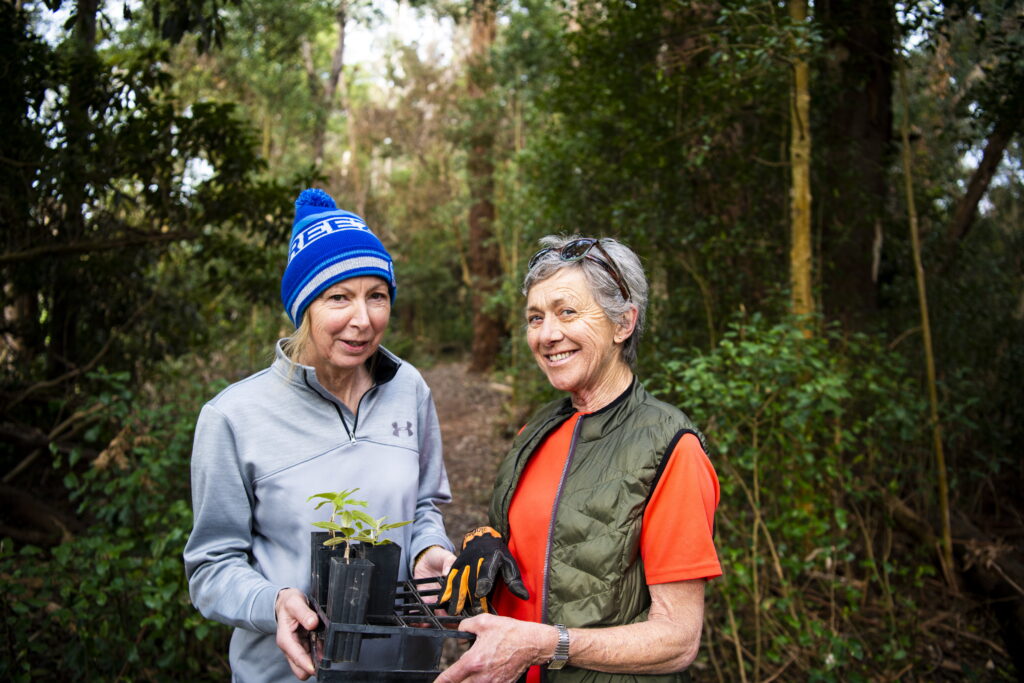
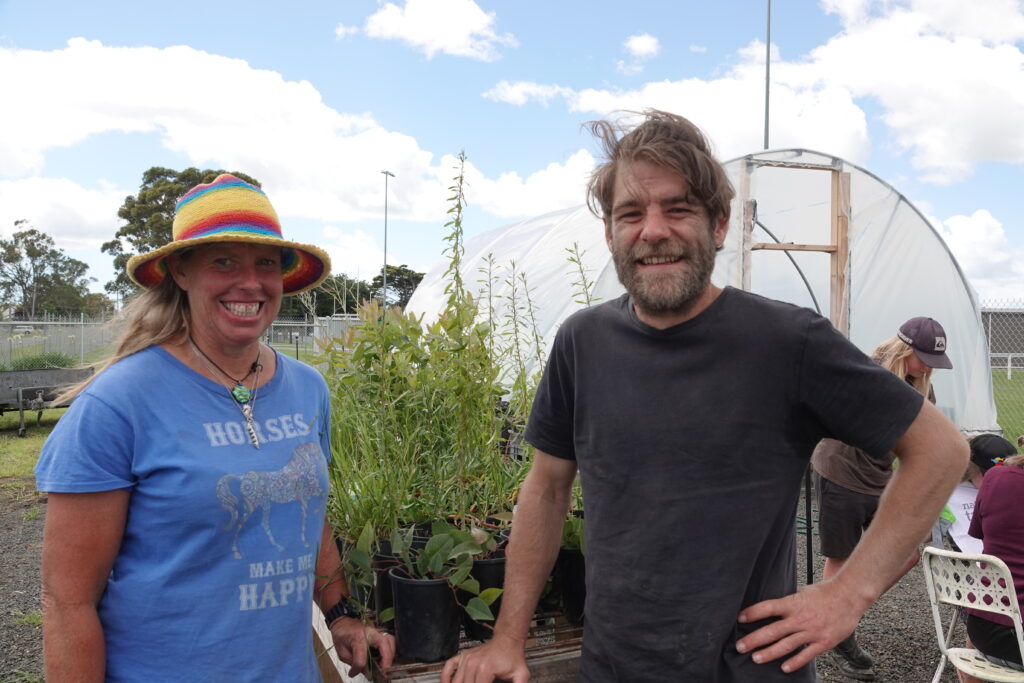
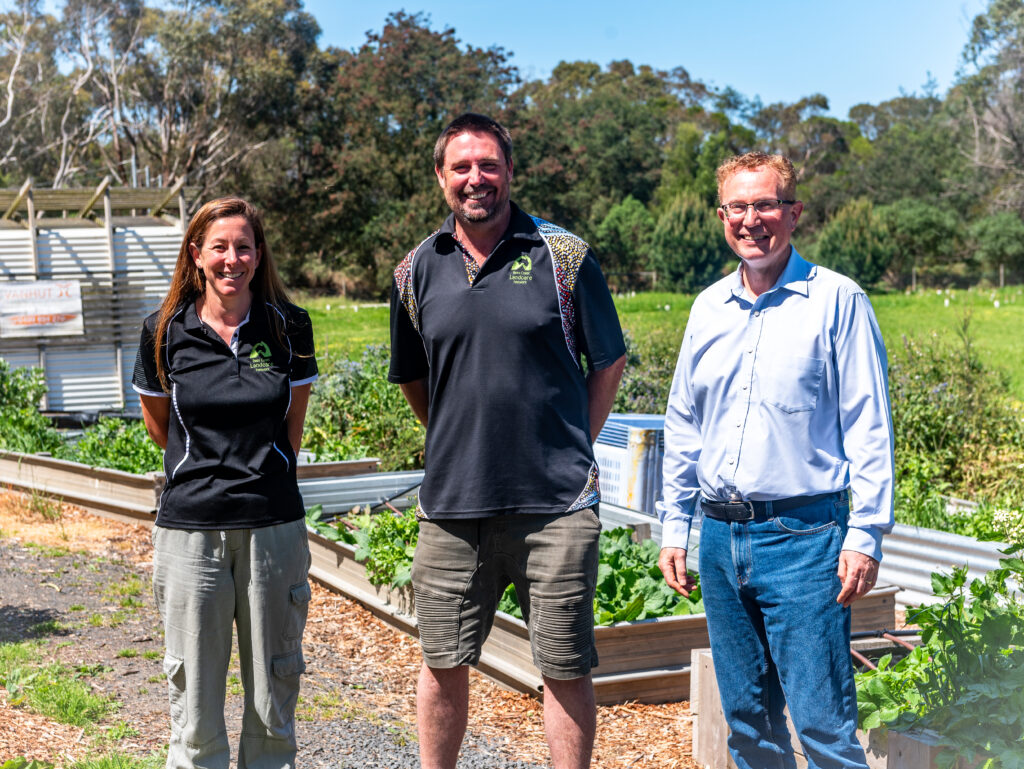
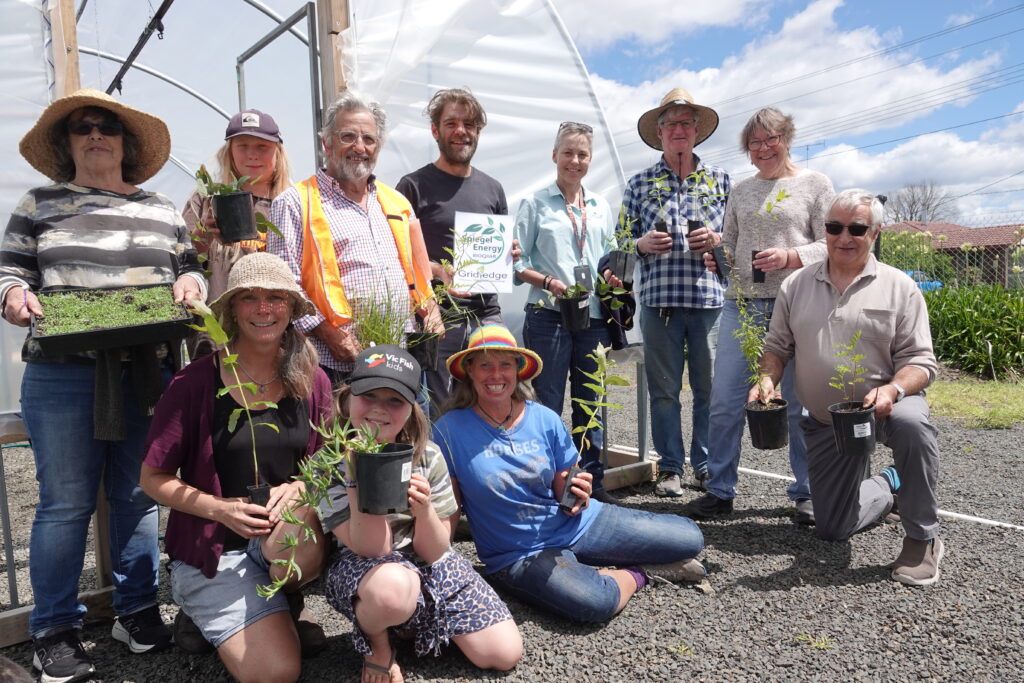
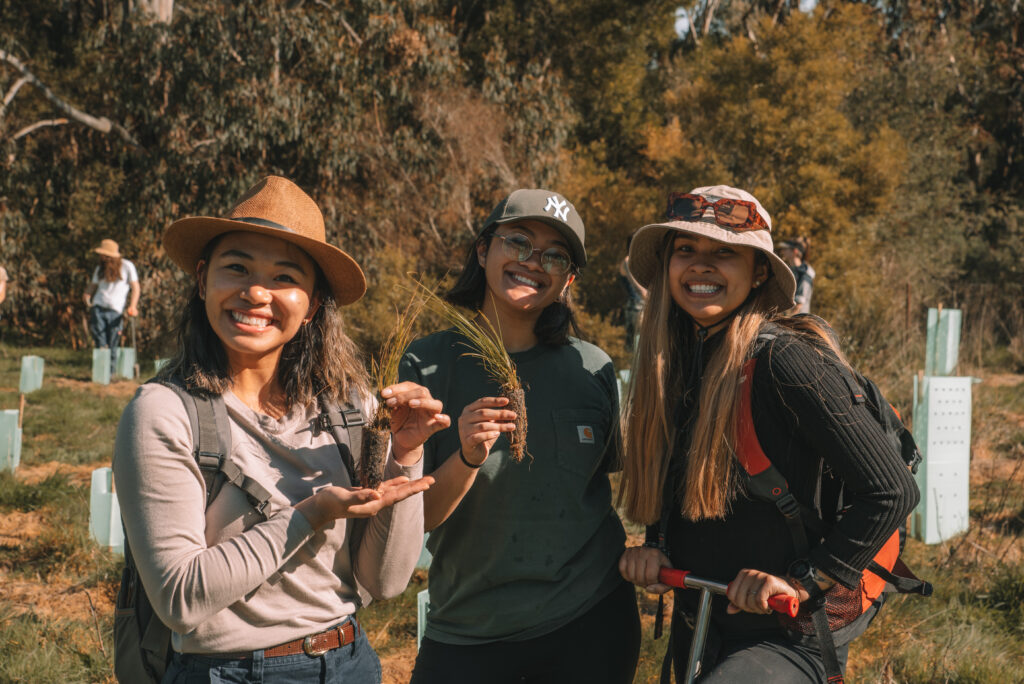
Fall in love with Gippsland’s rivers, help keep them clean and healthy
At West Gippsland Catchment Management Authority, we love all the rivers that are the lifeblood flowing through our region and ask everyone to share some affection for rivers this Valentines Day by helping to keep them clean and healthy.
“We are proud to care for 40,000 kilometres of designated waterways across the catchment of West Gippsland all flowing to the Victorian coast – into the world renowned Gippsland Lakes, Corner Inlet or directly into Bass Strait and the Southern Ocean,” said Martin Fuller, CEO of West Gippsland CMA.
“Everything that happens along these waterways has an impact further downstream affecting the health of wildlife, rivers, wetlands and coastal areas.”
The CMA delivers programs for healthy and resilient rivers and catchments including protecting threatened species, removing weeds, fencing and revegetating rivers, recovering from floods, delivering water for the environment to bring rivers back towards their natural flows, restoring wetlands and working with farmers to be at the forefront of sustainable agriculture and prepare for the impacts of climate change.
“We are incredibly proud of the work we are a part of alongside Traditional Owners, partners, landholders and community – from picking up a piece of rubbish through to planting one tree or ten thousand or adopting new agricultural practices – every action is important and appreciated.”
“There have been some recent examples of litter being dumped along West Gippsland’s waterways which is disappointing and unnecessary so we ask everyone to take a few simple steps to protect the rivers we all love to visit and live near.”
It’s pretty simple to take a few steps towards being a river lover:
- Join your local Landcare group that provides a wealth of knowledge and tools to get you started.
- Always put litter in the bind and recycle and reuse whenever possible
- Swap plastics out of your life as much as you can – find a safer and healthier alternative
- Keep up to date with workshops, grants, sustainable farming incentives and landholder programs available by signing up to our Catchment Snapshot e-news and socials.
“Every little bit of love we can show for rivers adds up to a more healthy and resilient home for wildlife, agriculture and the West Gippsland community to live in and enjoy.”
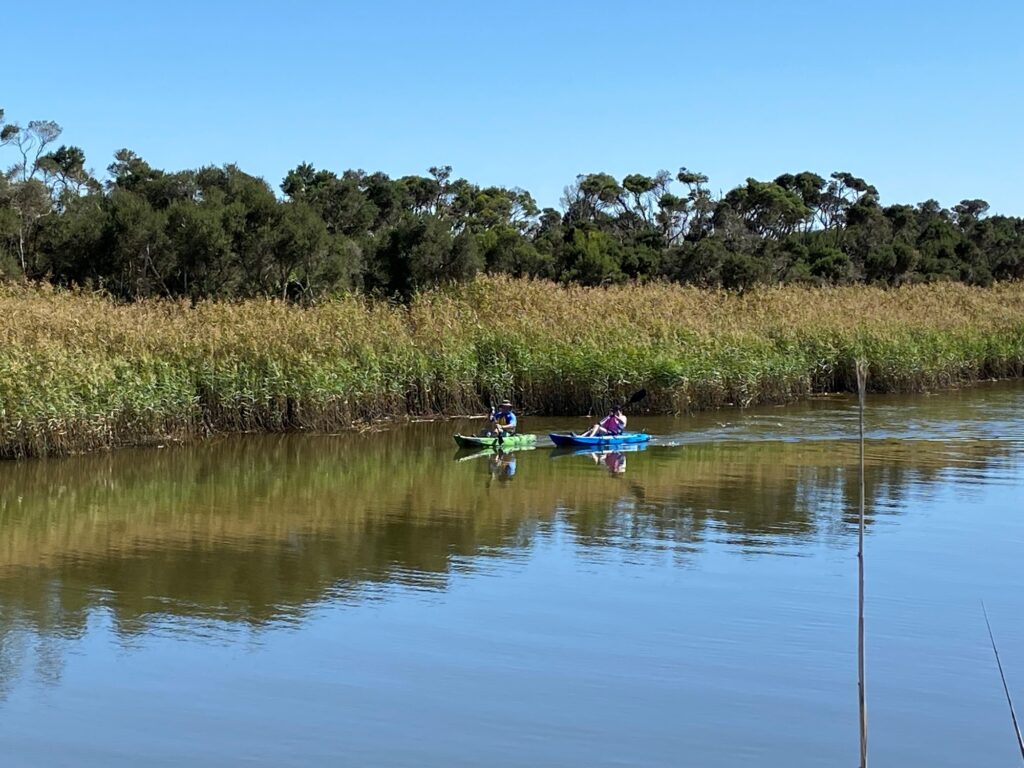
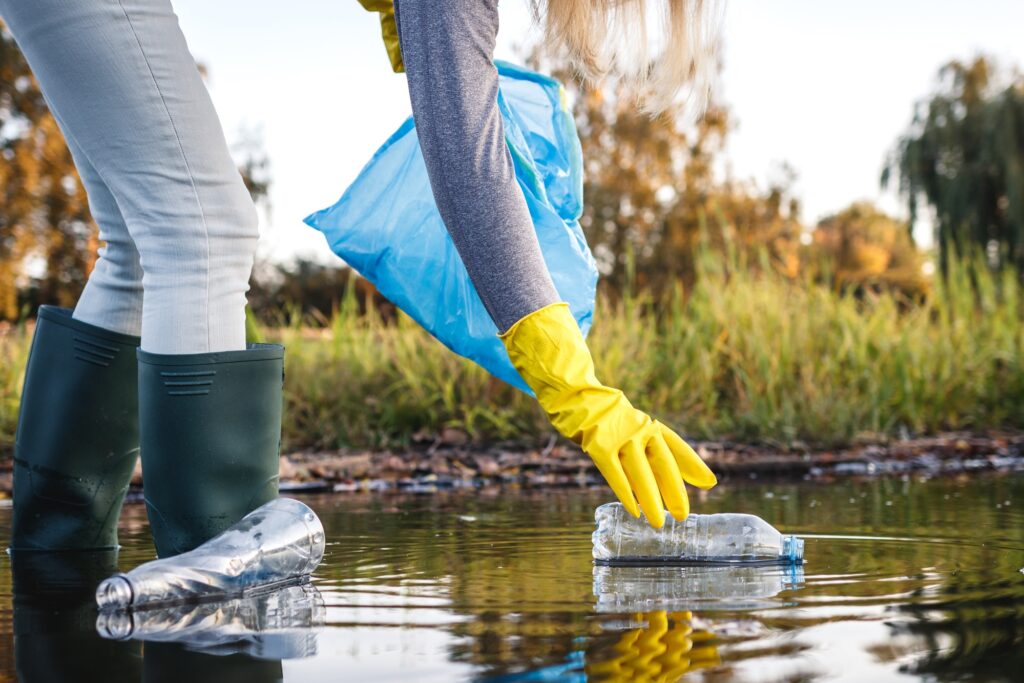
Join the Gippsland Lakes Coordinating Committee
Expressions of interest are sought for the Gippsland Lakes Coordinating Committee.
The Committee provides advice to the Minister for Water on environmental issues and priorities within the Gippsland Lakes and its catchment.
Community applicants are being sought from the following fields:
- Up top three members with knowledge in waterway management
- A Traditional Owner with knowledge of Gippsland Lakes values
- A current member of a local recreational water user group with an interest in the Gippsland Lakes.
The Victorian Government is committed to ensuring that government boards and committees reflect the rich diversity of the Victorian community.
You can apply here Join a public board | boards.vic.gov.au where you will need to register.
If you have further enquiries or have any difficulty in accessing the documents, please contact East Gippsland CMA on 0477 444 863.
Expressions of interest will close at midnight Wednesday 5 March 2025.
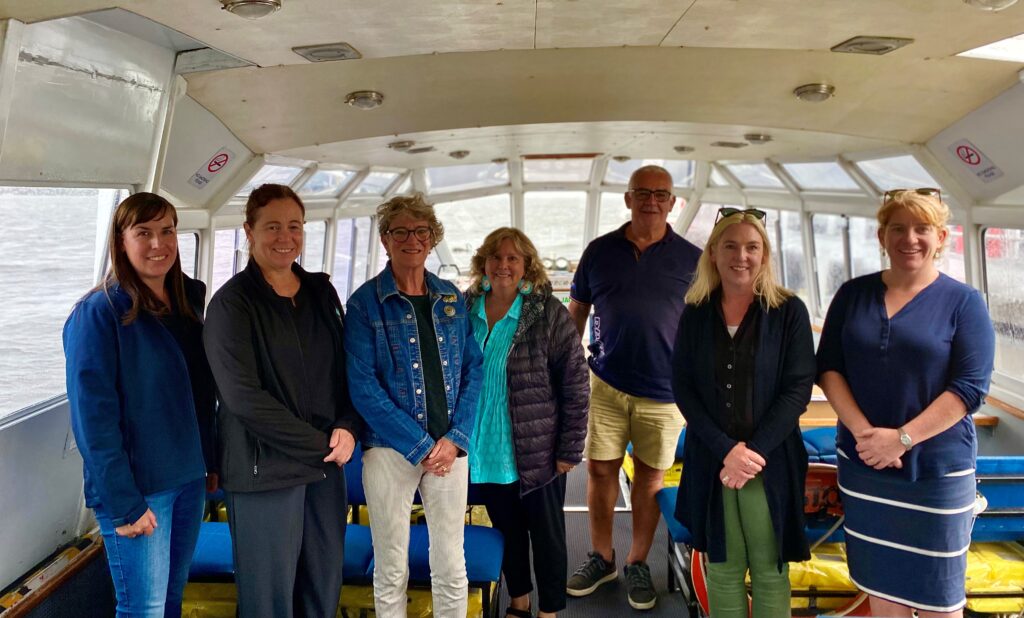
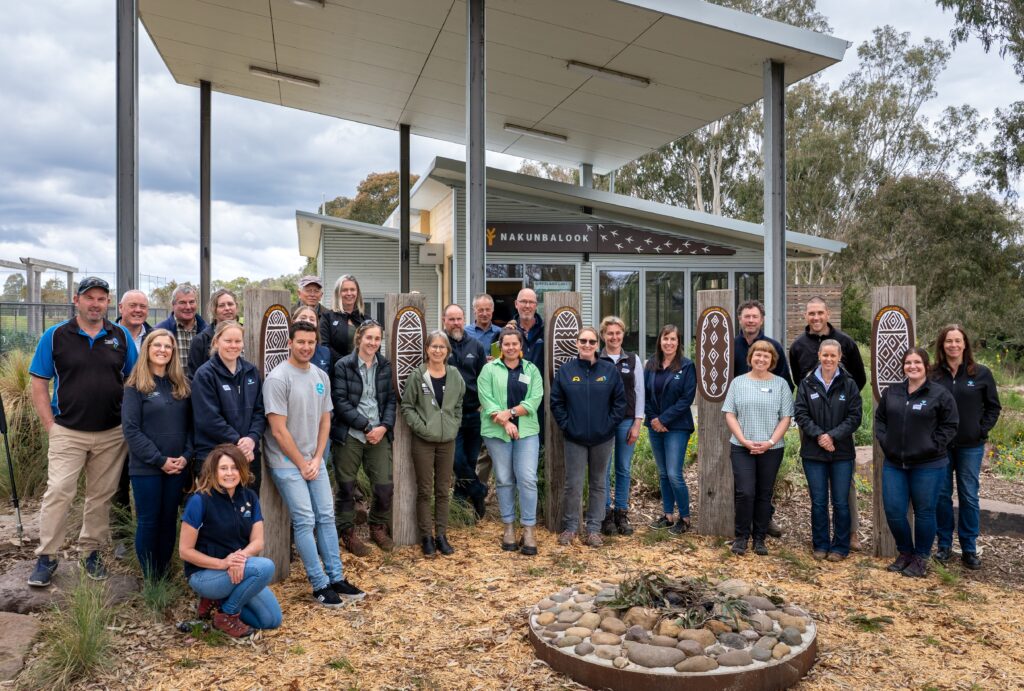
Celebrating Corner Inlet on World Wetlands Day
This World Wetlands Day, held on Sunday 2 February, West Gippsland Catchment Management Authority, (the CMA) is proud to celebrate the ongoing commitment to protecting world renowned Corner Inlet Ramsar wetland through its Corner Inlet Connections project.
Wetlands are among the world’s most productive environments and countless species of plants and animals depend on them for survival. This year’s theme is ‘wetlands for our common future – value, protect and inspire’.
“Every day is wetlands day in West Gippsland which is home to over 1,500 wetlands including 11 that are listed as nationally important under the Directory of Important Wetlands Australia,” said CEO of West Gippsland CMA Martin Fuller.
As well as having cultural significance, wetlands act as the ‘kidneys of the catchment’ – protecting the environment by capturing and filtering water and acting as a natural sponge to absorb, store and reduce flood levels. They provide essential habitat for wading and migratory birds, threatened species and it is a key function of the CMA to restore and protect wetlands across the region.
Corner Inlet Ramsar wetland is a recognised haven for migratory and resident shorebirds and made up of extensive seagrass meadows, and unique intertidal mudflats and forests of white mangrove (Avicennia marina) – the world’s most southerly distribution of this species.
The project aims to reduce key threats and protect and enhance the values of Corner Inlet wetland that is protected under the Convention on Wetlands declared in Ramsar, Iran in 1971.
Through this project, the CMA will work with Traditional Owners, partners, landholders and community to:
- Protect mudflat and saltmarsh communities through controlling the high treat weed Spartina
- Protect and enhance saltmarsh communities through stock exclusion fencing, weed control and weed monitoring
- Manage threats to shorebirds, like the Hooded Plover, through controlling pests.
In the first year of the five-year project, the CMA partnered with Parks Victoria, GLaWAC, Trust for Nature and BirdLife Australia to achieve positive results including treating spartina, controlling foxes to protect shorebirds, improving water quality, and safeguarding 136 hectares of saltmarsh including a 25 hectare Trust for Nature covenant protecting the area forever.
In total, weed control covered over the entire site of 67,000 hectares with 530 hectares of pest animal control and water monitoring will help measure results of the efforts across the broader catchment.
BirdLife Australia teams undertook seasonal shorebird counts and monitored the breeding success and health of key species of beach nesting birds such as Hooded Plovers, Pied Oystercatchers and Crested Caspian and Fairy terns.
“We are proud to be continuing the decades of work in Corner Inlet through understanding the threats we need to address to protect this significant wetland for our common future,” concluded Mr Fuller.
This project is funded by the Australian Government Natural Heritage Trust and delivered by West Gippsland CMA, a member of the Commonwealth Regional Delivery Partners panel.
West Gippsland CMA is responsible for over 40,000 kilometres of designated waterways across the region and delivers programs for healthy and resilient catchments. All these waterways flow to the Victorian coast, discharging through the Gippsland Lakes, or directly into Bass Strait and the Southern Ocean.
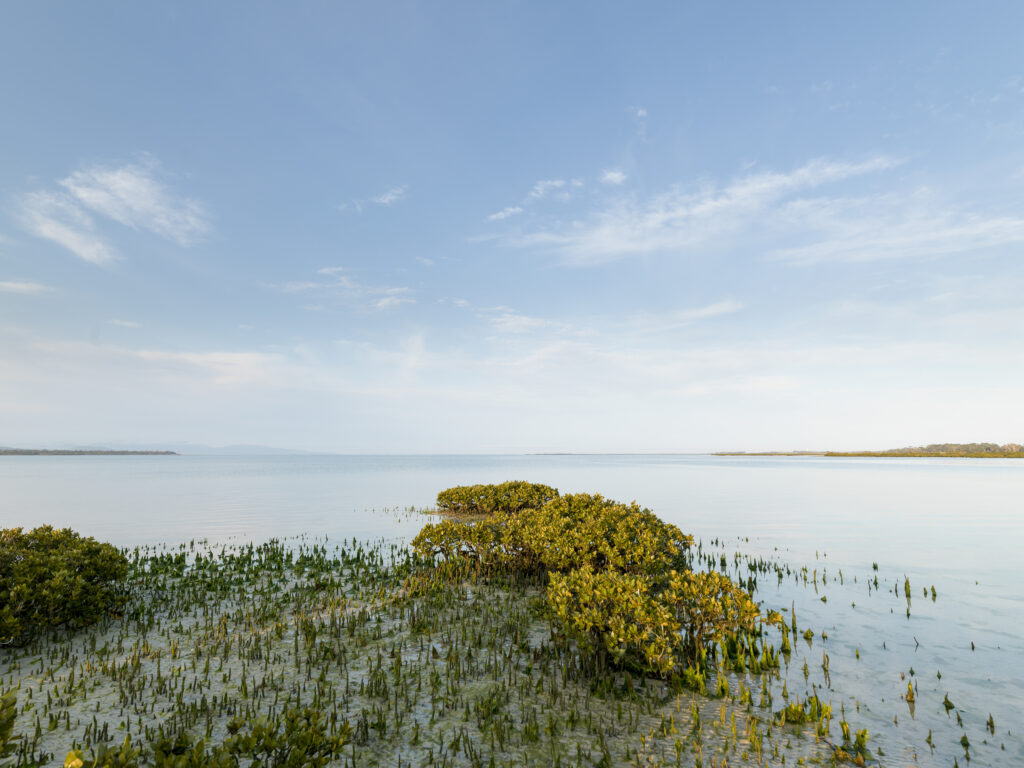
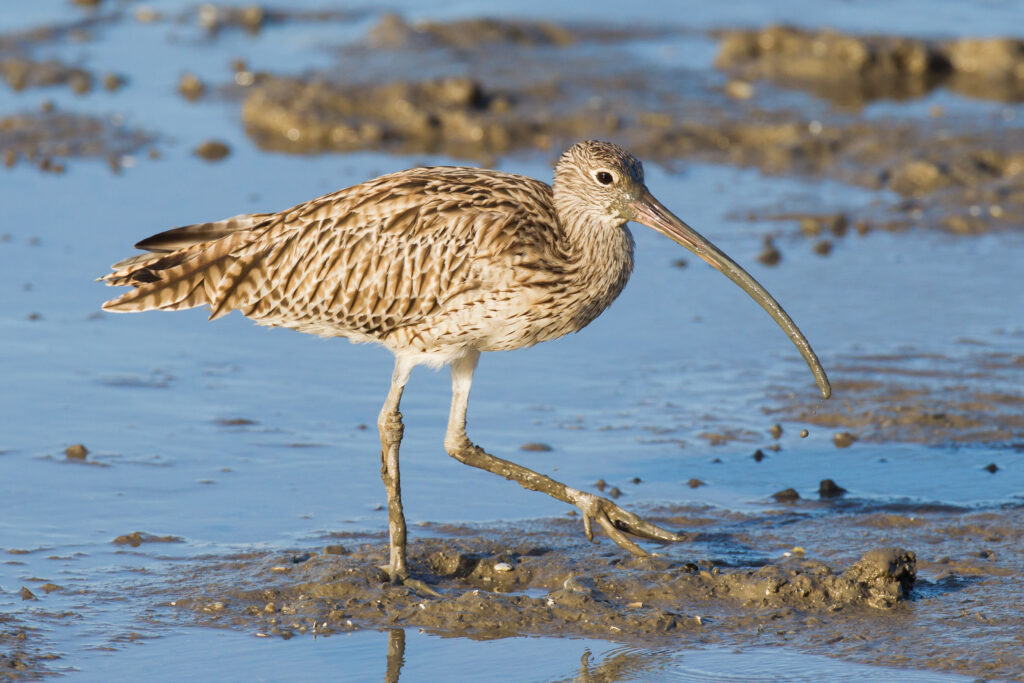
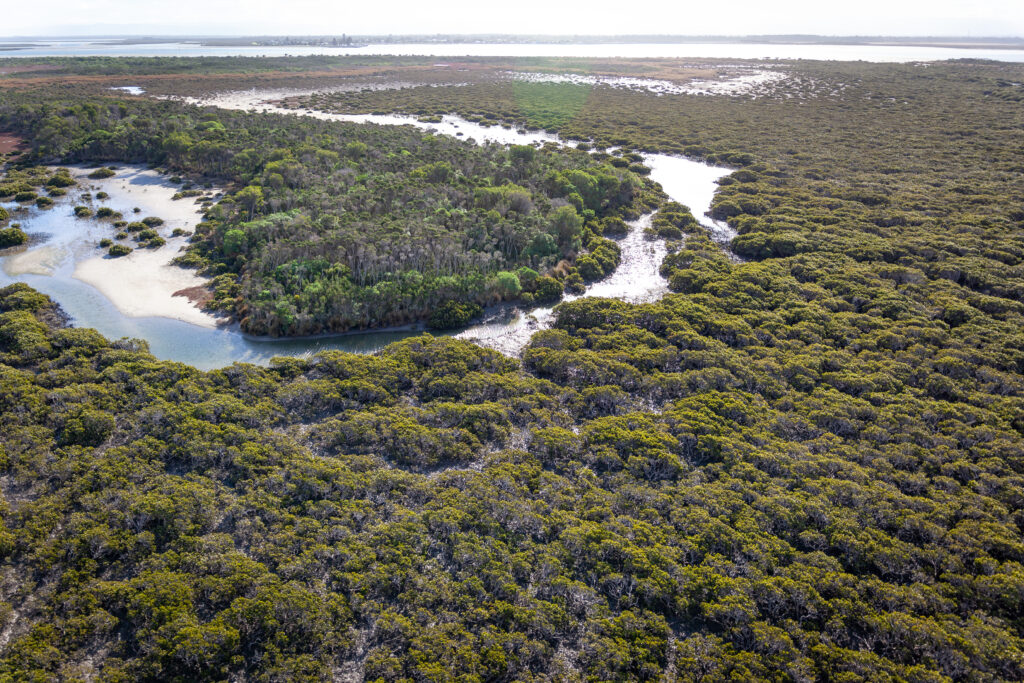
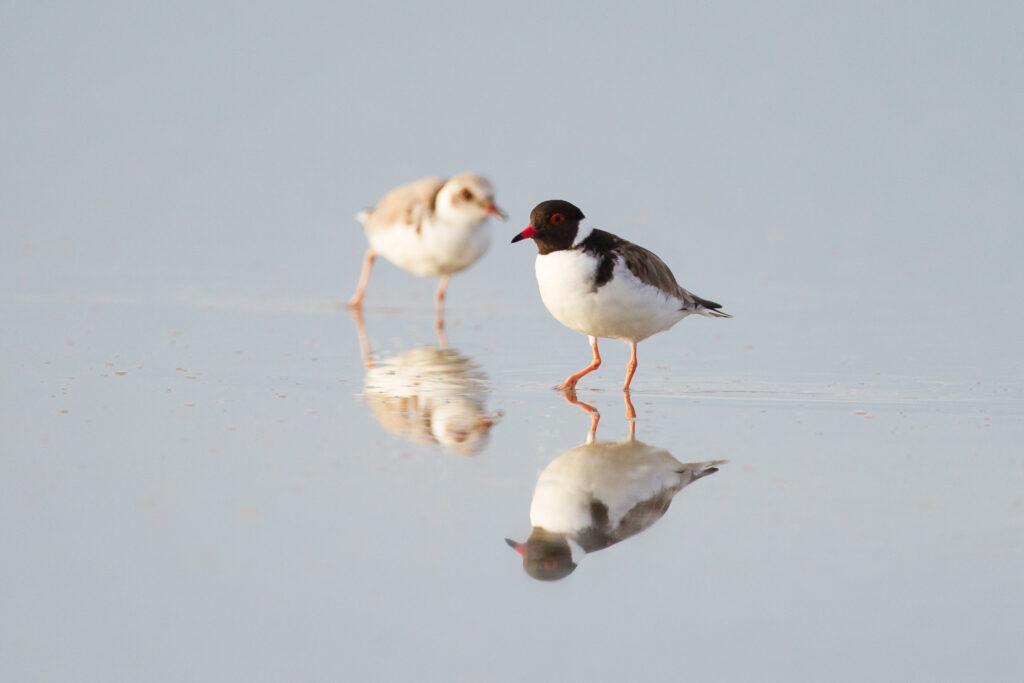
Protecting the Gippsland Lakes from west to east
West Gippsland Catchment Management Authority (the CMA) is proud to have delivered five projects for the Love Our Lakes program across the Gippsland Lakes ranging from protecting and enhancing wetlands to creating homes for fish in the Lower Avon River.
“West Gippsland’s catchment includes the western end of the Gippsland Lakes – notably Lake Wellington and the rivers that feed into it. We are delighted to play our part in delivering positive works for the health of the Lakes through the Love Our Lakes program with partners and community,” said Martin Fuller, CEO of West Gippsland CMA.
“Each of the projects will build on research and grow resilience and capacity for the Gippsland Lakes system through creating cleaner rivers and fish habitat, giving wildlife and wetlands room to move, trialling solutions for shoreline erosion and monitoring floodplain birds and vegetation.”
Dirty Rivers
This project targeted some of the ‘dirtiest’ river reaches within Lake Wellington catchment that contribute the most sediment to the Gippsland Lakes and transformed them by securing landholder agreements then fencing, removing weeds and replanting the river reaches.
Along Rainbow Creek, the team protected over 50 metre wide buffers on either side of the river, with four kilometres of fencing and 7.1 hectares of weed control and revegetation of the site. With cattle and willows removed, plants can recover, bank erosion is reduced, natural filtration is increased and significantly less sediment is transported into the beautiful Lakes.
Room to Move
Five freshwater wetlands were restored across the latest Love Our Lakes program – each unique and most located on private land. The team worked towards a vision of restoring freshwater refuges along the rivers that run into the Lakes to provide refuge for wildlife and plants such as the majestic river red gums.
At a private property near Sale the CMA identified an open marsh style site as a priority because it is bordered on three sides by Sale Common and Flooding Creek. The team removed the weeds and put 6,000 indigenous plants into the site ranging from water plants to trees and ground covers.
Lower Latrobe Wetlands Flora & Fauna Surveys
In partnership with BirdLife Australia, the CMA monitored wetland bids around Sale Common and surveyed plants on the Lower Latrobe Floodplain that flows into Lake Wellington. Plant surveys found nine rare species, with such beauties as Water Parsnip (Berula erecta) Eastern Water Ribbons (Cycnogeton microtuberosum), Feather-leaf Buttercup (Ranunculus amplus) and the vulnerable River Swamp Wallaby Grass (Amphibromus fluitans). This shows the importance of working with landholders to protect and enhance the Lakes’ floodplains and results will inform future management of the areas.
The bird surveys counted 3,612 birds from 82 species with Chestnut Teal (Anas castanea) being the most abundant. At Dowd Morass, Royal Spoonbills (Platalea regia) were recorded breeding and roosting along with Australasian Darter (Anhinga novaehollandiae), Pied Cormorant (Phalacrocorax varius) and Little Black Cormorant (Phalacrocorax sulcirostris).
Lake Wellington fringing vegetation re-establishment trials
In an exciting and innovative trial project, the CMA worked with Australian Landscape Trust on the north shore of Lake Wellington to tackle shoreline erosion.
The team trialled three different structures at the Trust’s Strathfieldsaye property to determine which is most effective in buffering wave action to protect native reeds and allow them to re-establish.
These are:
- Pile fields
- Scattered woody debris
- Offshore reef.
The property includes areas of Trust for Nature covenants and Greening Australia has also planted Phragmites australis (Common Reed) on the newly protected shoreline.
Reducing wave action and reestablishing the fringing vegetation that once dominated the Lake Wellington shoreline has enormous potential to decrease erosion, improve water quality and provide a blueprint for innovative shoreline protection in this unique and challenging environment.
Creating better homes for fish in Lower Avon River
This project helps to understand resident fish populations, create more habitat for them to thrive and improve facilities for fishers and river users.
To be able to measure success, the CMA undertook fish surveys using various methods including electro fishing. They recorded Estuary Perch, Australian Bass, Bully Mullet and Flathead Gudgeon.
A second fish survey was conducted after the instream structural habitat was installed which showed the fish using their new habitat for feeding and shelter.
These projects are part of a $248 million investment by the Victorian Government to improve the health of waterways and catchments across regional Victoria. Of this, $7.5 million was provided to improve the health of Gippsland Lakes over three years (2021-2024), through support to the Gippsland Lakes Coordinating Committee and for the delivery of on-ground works and community engagement.
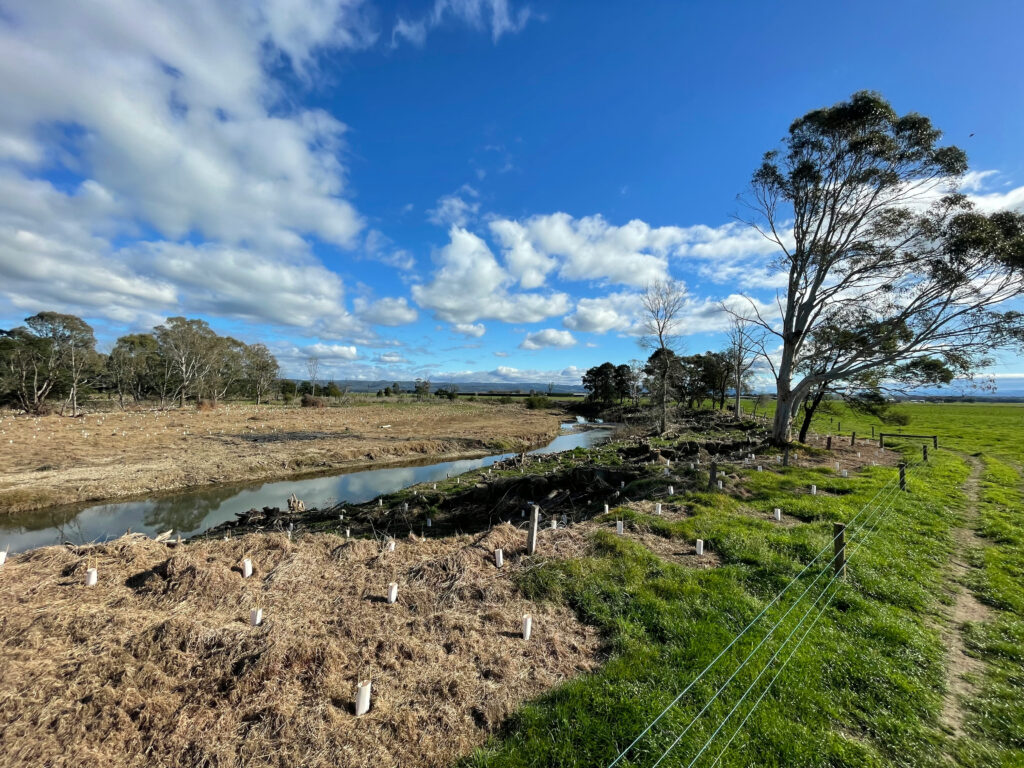
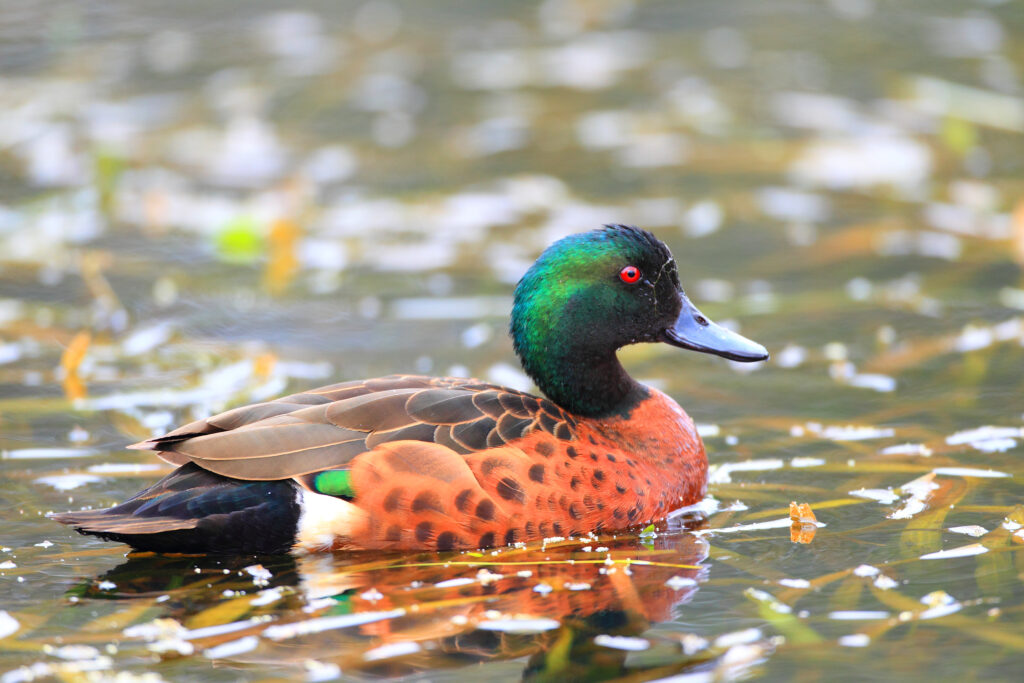
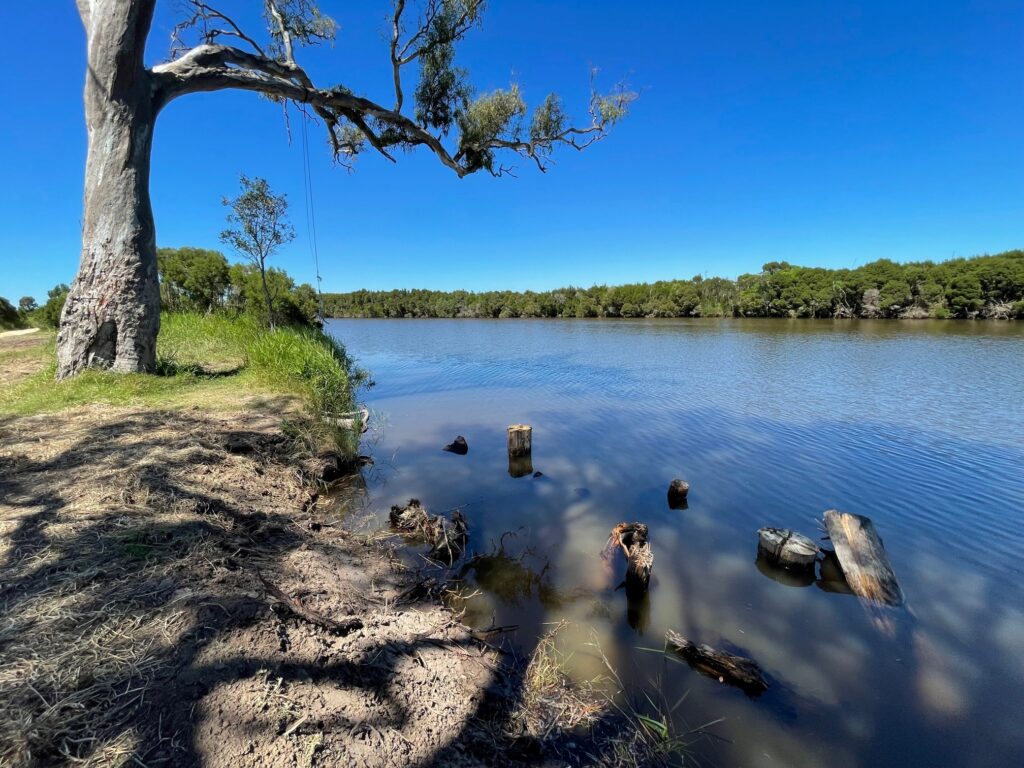
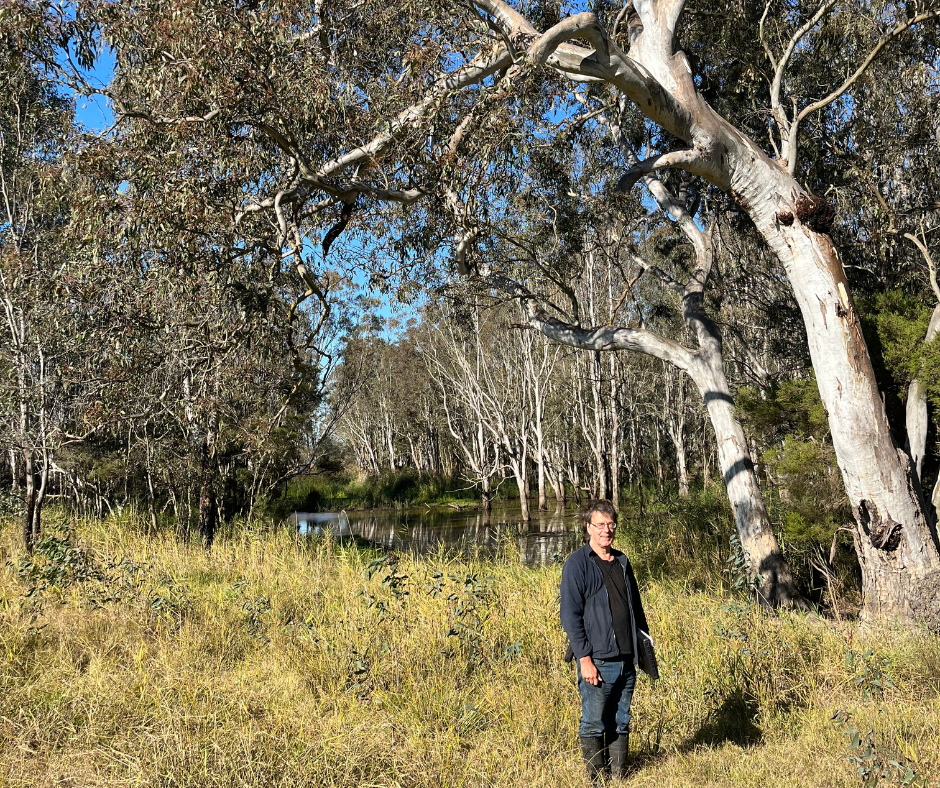
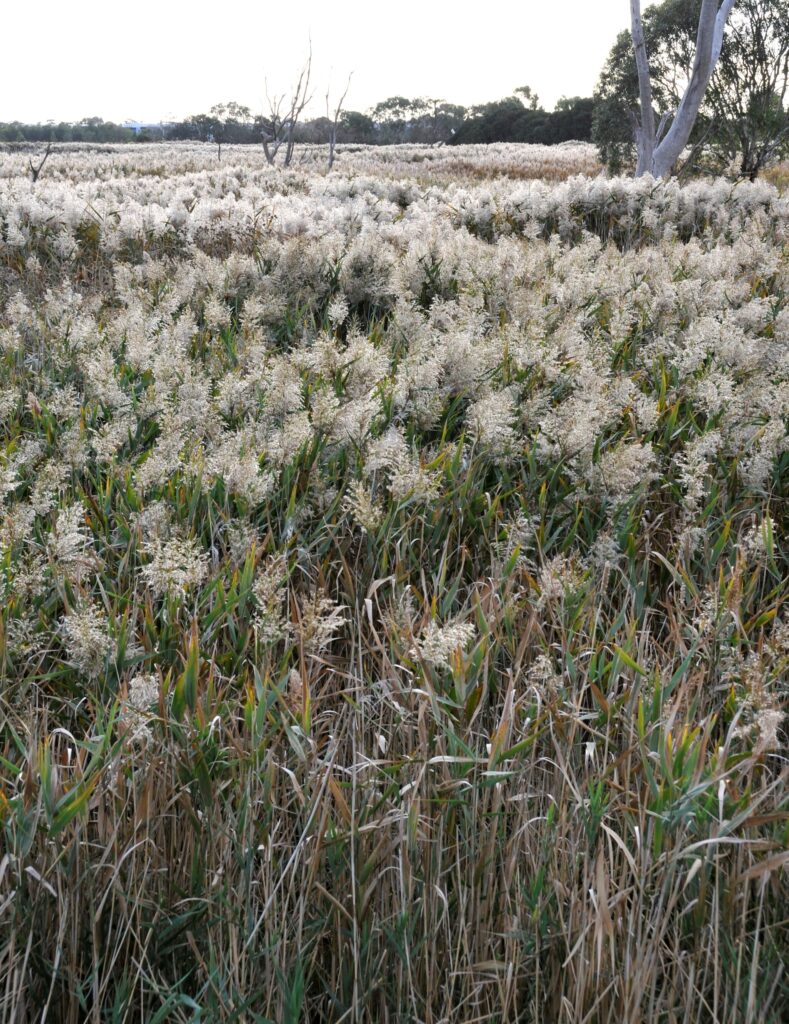
Merry Catchment Christmas from the CMA
As West Gippsland Catchment Management Authority (CMA) wraps up another year of caring for the catchment, we would like to take the opportunity to wish everyone a happy Christmas and thank you for your support in 2024.
Each day, our team is hard at work partnering with Traditional Owners, Landcare, landholders, government and community to improve West Gippsland’s catchment from the mountains to the sea. The Authority’s newly published Annual Report and Achievements Brochure summarise the work of the CMA and the benefits for catchment health.
“In 2024, we were extremely proud to deliver environmental initiatives funded by the Victorian
and Australian governments and acknowledge the support of Traditional Owners, partners and community,” said West Gippsland CMA CEO, Martin Fuller.
“All of our projects focus on catchment health and include restoring rivers and wetlands, managing estuaries, delivering water allocations for the environment and working with landholders on sustainable agricultural solutions.”
“Partnerships are at the heart of the work a CMA does and range from Landcare, community groups and government agencies. Supporting self-determination for Traditional Owners is also a key focus.”
In 2023-24, West Gippsland CMA delivered many projects to benefit waterways including:
- Planting 104,050 trees over 152 hectares
- Delivering 34,476 megalitres of water for the environment
- Protecting 106 hectares of remnant vegetation
- Treating 993 hectares of weeds
- Securing 96 management agreements to work together with landholders to repair and restore waterways.
The team also completed a program of flood recovery works stemming from the major impacts of the June 2021 flooding and storm event delivering:
- 19 waterway structures
- 7.5 kilkometres of fencing
- 6 hectares of vegetation
- 17 earthworks
- 30 management agreements.
“This was a year when many major projects wrapped up and new ones beginning. Two highlights were commencing the Toward Zero Extinctions: Protect the Eastern Hooded Plover project and the delivery of a fresh round of Corner Inlet Connections where we focussed on protecting shorebirds and other values of the internationally renowned Ramsar wetland.”
A key function for the CMA is supplying statutory services and advice and we processed 904 planning permit referrals and requests for flood advice along with providing support and assistance to ensure appropriate permitting and planning is undertaken to protect waterways and floodplains in the region.
“As we look back on 2024 and forward to working together to address the challenges and opportunities of 2025, we sincerely thank everyone for their ongoing support to be able to achieve benefits for West Gippsland’s catchment health that ultimately contribute to Gippsland’s wealth,” Martin concluded.
West Gippsland Catchment Management Authority (the CMA) is responsible for over 40,000 kilometres of designated waterways across the region. All of these waterways flow to the Victorian coast, discharging through the Gippsland Lakes, or directly into Bass Strait and the Southern Ocean.
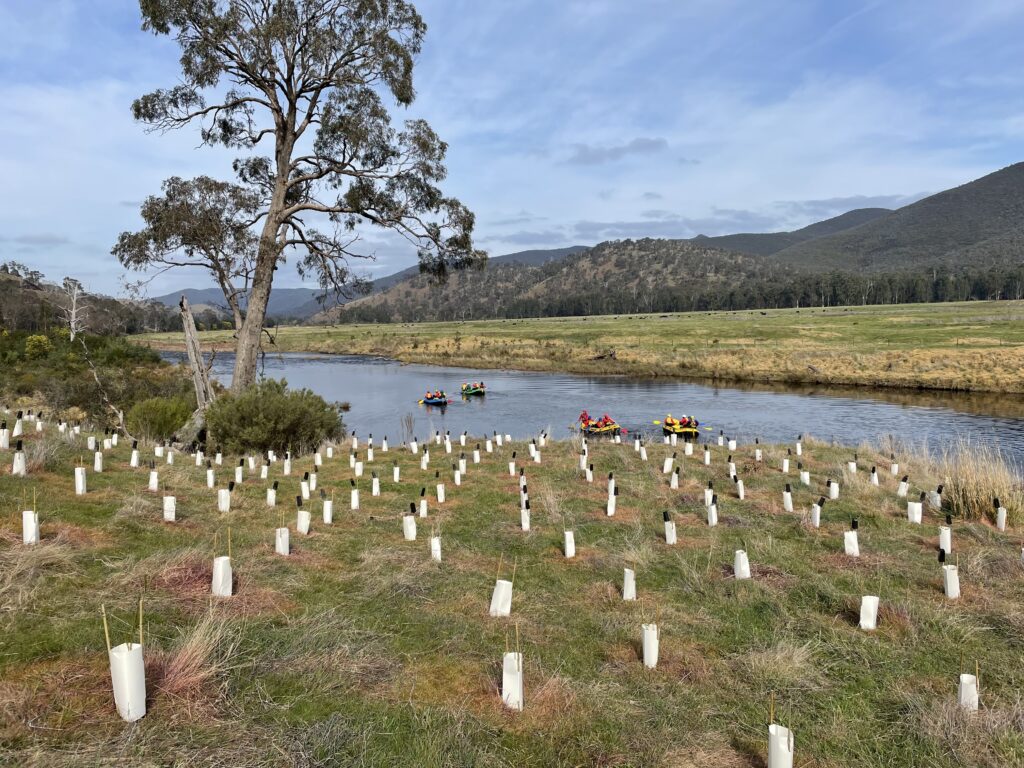
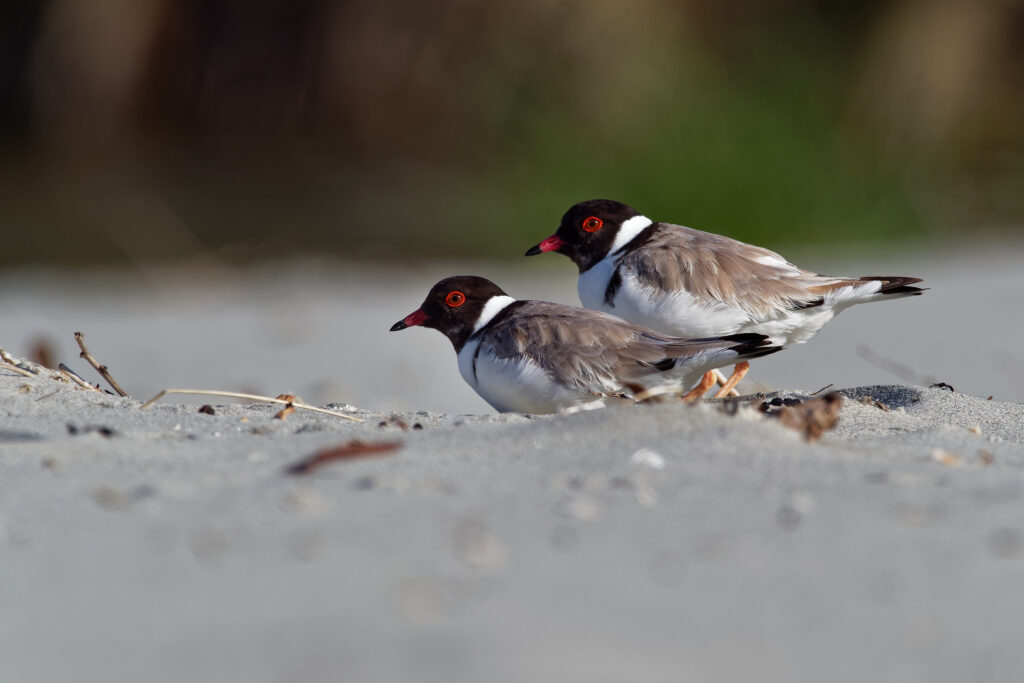
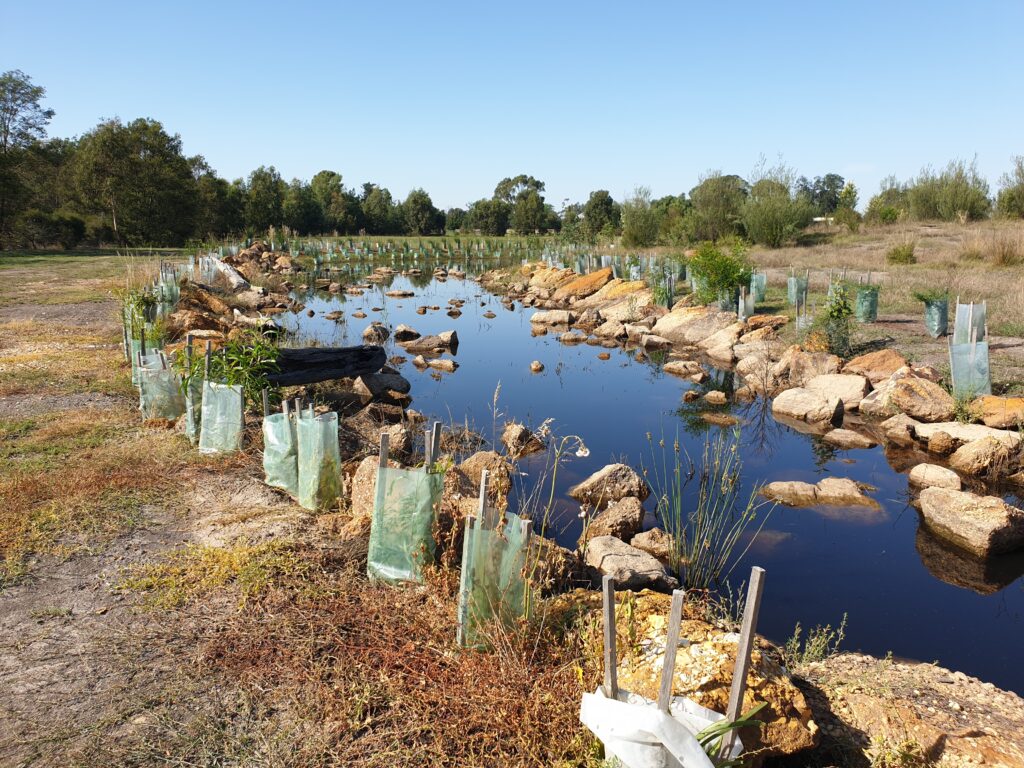
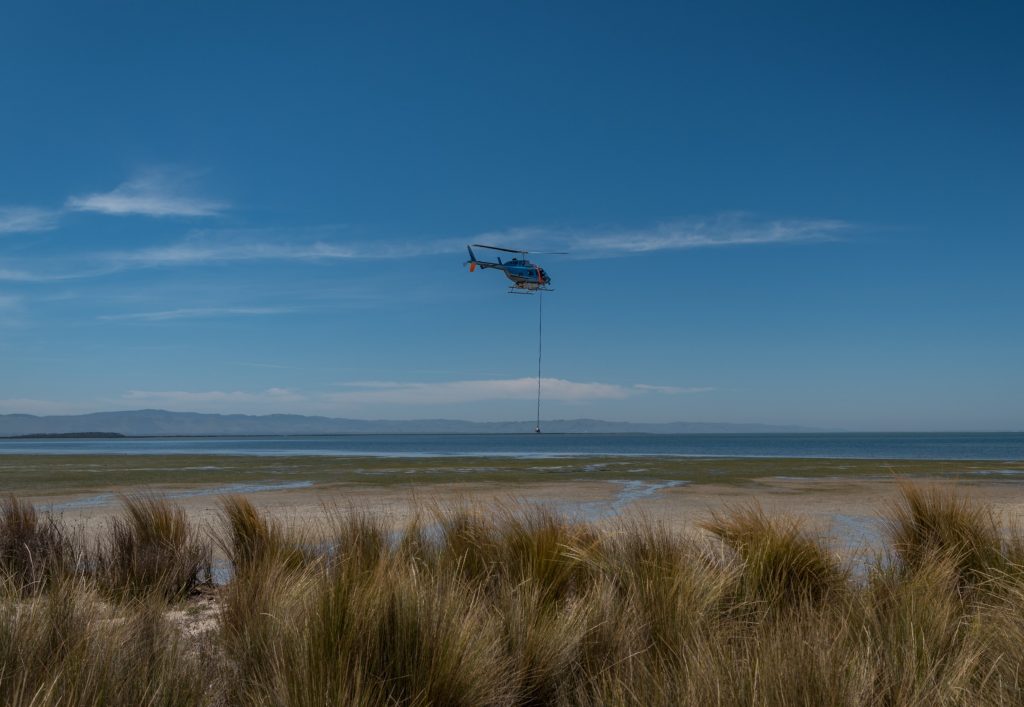
Seasons greeting – office hours
Our offices will be closed for the festive season from Friday 20 December and will reopen on Thursday 2 January at 8:30am.
We hope you enjoy getting out and about into the catchment for some relaxing days.
Wishing you all a very merry catchment Christmas and a safe, happy and healthy new year.
The science of sustainability
When Kate Mirams and Peter Neaves laser graded their top paddock in 2019, it blew dust over the small town of Newry – it also made Kate’s heart sink. She knew it was time for change.
“It was embarrassing and an example of worst practice. We thought how can we really fix up this soil quickly?” said Kate.
The couple made a call and began working with their local West Gippsland Catchment Management Authority and Agriculture Victoria reps to repair the soil on their 330 acre dairy farm and find better and more sustainable ways of farming while still making a profit.
Over the following years, they hosted trials of regenerative agricultural practices on their farm and have shared their learnings with others.
“We play at the edges of what is good for soil,” said Kate who is now looking forward to fungus and nematodes appearing that can store nutrients deep in the resurrected soil.
A “deep curiosity” is what drives the couple and their farm forward, with a mission to inspire others in their local and broader community along the way.
They moved to their farm in Newry in 2003 – having lived and worked in the district for ten years, Kate from New South Wales and Pete from Lakes Entrance. Both love the surrounding mountains and know it is an “extraordinary luxury” to farm on mighty Macalister River floodplain with reliable irrigation.
“We were putting on more and more fertiliser and just seemed to be going backwards. We’re on some of the best soils and need to make them work for us,” said Peter.
They participated in a Nicole Masters course and “found their tribe” and committed to learning and change.
“We remain focused on making a profit and just play at the edges of what is good for soil – so we can still grow plenty of quality feed,” Kate said.
“A farm is an ecological being. When we don’t understand the ecology, it’s hard to make good decisions. We look through an ecology lens, we aim to create the conditions we want rather than having to intervene to kill what you don’t want.”
The couple were often the only dairy farmers in the room as this approach is generally more of a focus for beef. “They advocate very long pasture recovery periods on beef farms, but on dairy, milk production crashes with this approach. We need to be able to do it in a way that suits dairy,” Kate said.
Kate recalls when she worked out their pasture consumption had remained at 12 tonnes, despite using only 20 kilograms of nitrogen per hectare. “We used to use 200 kilograms per hectare. Growing 12 tonnes with just 20 kilograms per hectare, that was a sign the ecology is fixing the nitrogen somehow – something had changed. We are no worse off financially and have now taken this approach across our whole farm.” The only year they haven’t made a profit was in the super drought of 2016.
They have also been determined to share their learnings with other farmers and participate in groups and workshops and have hosted field days on their farm and in Newry Hall in conjunction with Maffra and Districts Landcare Network, of which Pete is currently treasurer, and Gippsland Agricultural Group and GippsDairy.
“We don’t want it to be just a good practice for us – that’s the important part – to make this easy for other farmers to do. When you are a farmer trying to learn, you can YouTube about it all you like but there is something extraordinarily powerful about walking on farm and seeing it with your own eyes and hearing from people who are doing it,” Kate enthused.
Anthony Goode, Land Programs Coordinator for West Gippsland CMA gives an industry perspective. “Very few farmers are undertaking regenerative farming at the commercial scale and under the same risk profile as Peter and Kate. More importantly, they have invited the community along on their journey,” he said.
And the risk, they both agree, is well worth it as they continue to work towards their shared vision of healing paddocks and the broader food system.
“There are only so many harvests left, we really are a tipping point. We want to improve the ground and make it a carbon sink and be able to show it can be done and get a few more people on board,” said Pete.”
Kate’s ambitions stretch well beyond the farm gate. She believes everyone has the right to access quality produce and won’t stop until she gets there.
“I want the whole food system to change so the quality of food is exceptional, so we’ll eliminate a lot of disease, so the ecosystem is thriving and we help everyone through better quality food that is grown within a symbiotic relationship with the soil. I want insects and butterflies and birds and all the things we know, and don’t know, to thrive as well.”
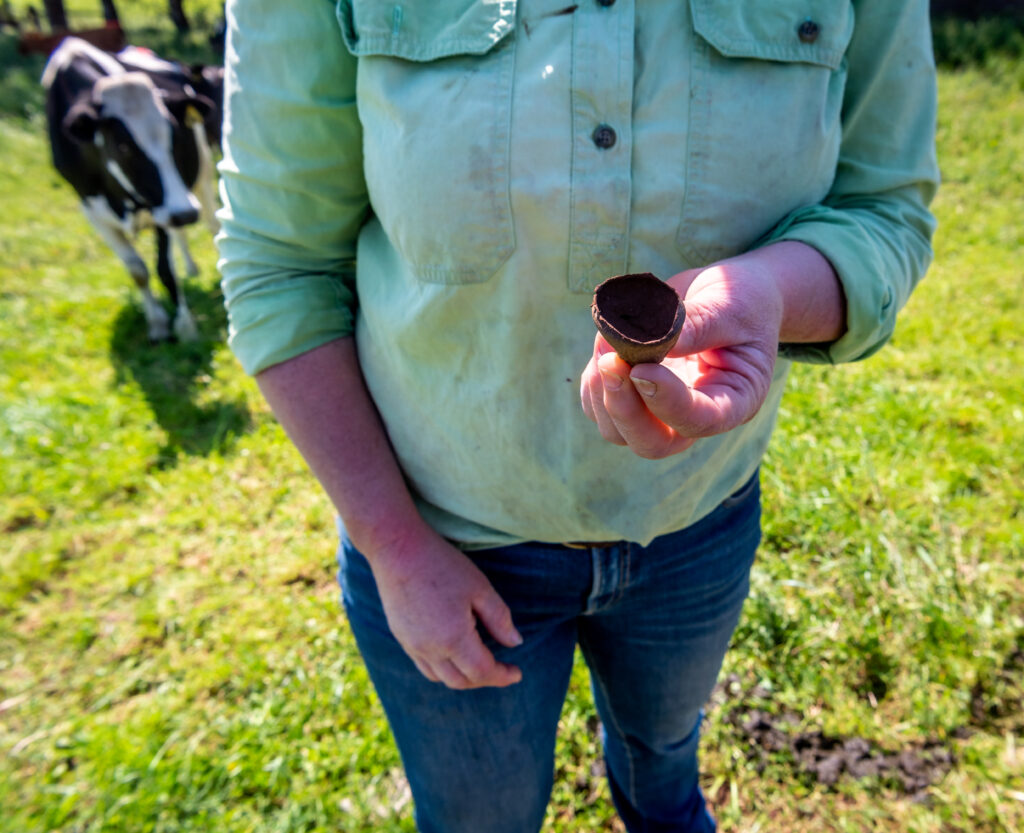
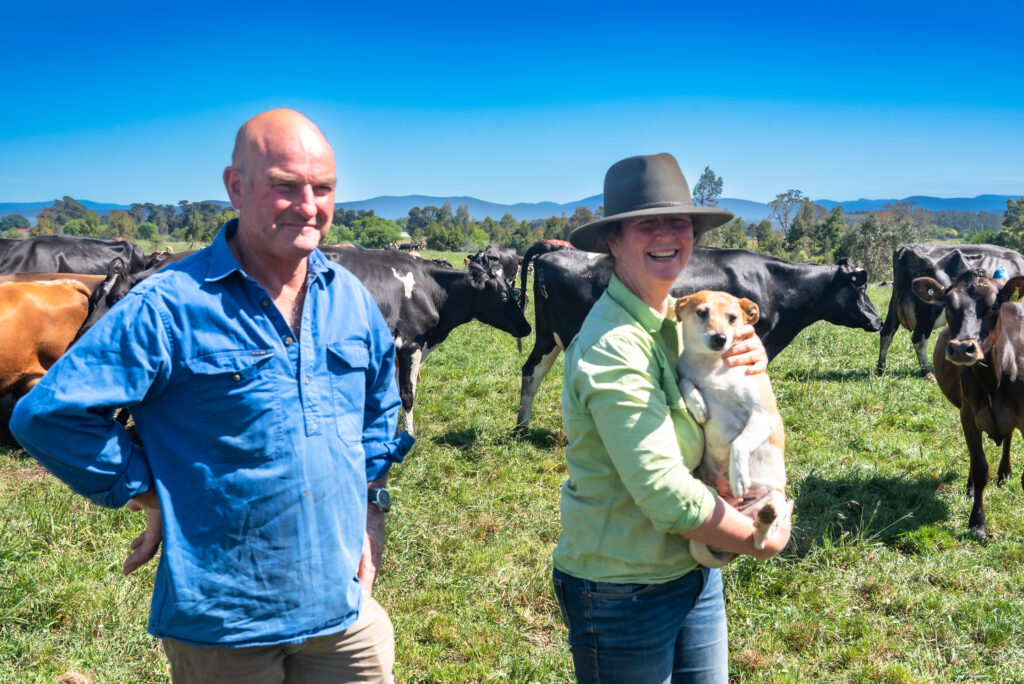
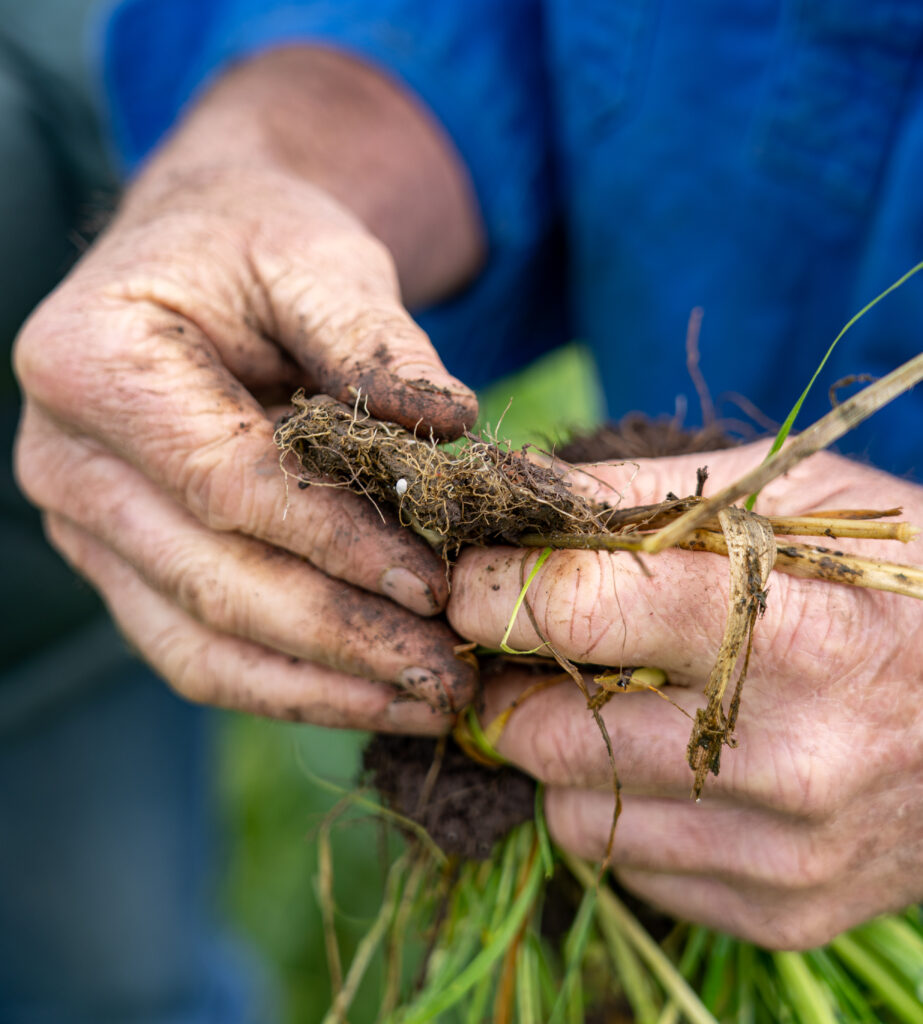
Bryan Watterson – 2024 Landcare winner
West Gippsland CMA recently achieved a first milestone by removing willows from the entire length of the Agnes River and fencing and planting over 98% along its length.
This required buy in from landholders and Bryan’s advocacy and hard work greatly contributed to this success.
Bryan Watterson was one of this project’s key community champions – planting extensively on his own property and inspiring others to do the same.
A member of Corner Inlet Landcare and absolute leader for the region, Bryan is a passionate, inspiring and influential Landcare member. He has supervised the planting of 70,000 trees on his own property alone and inspired many neighbours and landholders to get on-board, leading to hundreds of thousands of trees planted in Gullies of the Strzelecki Ranges.
Despite his many decades of Landcare, Bryan is still organising monthly community plantings bringing together school kids, new lifestyle property owners and traditional dairy farmers.
Sculpture parks, platypus viewing areas, restored gullies and a river that is fenced and revegetated along its entire length are just some of Bryan’s contributions on his own property and within his community.
“As the habitat is restored and reconnected, I dream of lyrebirds returning to the property,” said Bryan.
Bryan was awarded a 2024 Lyrebird Award. Presented by West Gippsland Catchment Management Authority, the awards were launched in 2005 and were born out of a desire to celebrate the significant achievements made by individuals and groups in protecting and enhancing West Gippsland’s catchment.
